Distinctive History of the Alpujarra - Invasions, Rebellions and Disputes
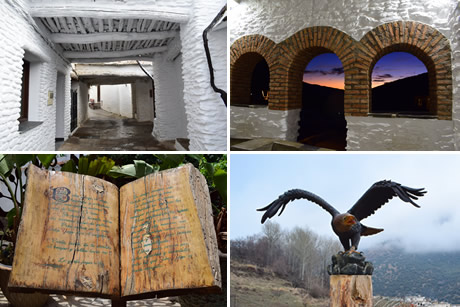
The history of the Alpujarra is marked by a succession of invasions, disputes, and rebellions. The physical characteristics of this area have played a significant role in shaping its distinctive past.
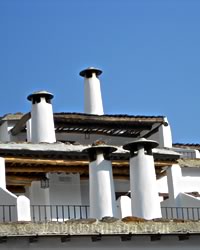
Enjoy a special day at the Alhambra with a guided tour
 Alhambra and Nasrid Palaces: discover the wonders of the Alhambra with this all-inclusive tour: the Nasrid Palaces, the Generalife, the Alcazaba, and more.
Alhambra and Nasrid Palaces: discover the wonders of the Alhambra with this all-inclusive tour: the Nasrid Palaces, the Generalife, the Alcazaba, and more.
 Alhambra + Albaicín + Sacromonte: a perfect combination of a guided tour of the Alhambra in the morning and a guided tour of the Albaicin and Sacromonte in the afternoon.
Alhambra + Albaicín + Sacromonte: a perfect combination of a guided tour of the Alhambra in the morning and a guided tour of the Albaicin and Sacromonte in the afternoon.When driving from Granada, after passing through 'Suspiro del Moro' (Sigh of the Moor) and the foothills of the Sierra Nevada, you'll arrive at the Alpujarra.
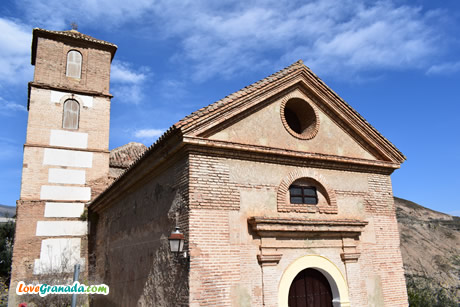 Legend has it that this is the place where last arab king Boabdil
said goodbye to the city, and where his mother famously told him, "Weep
like a woman what you could not defend as a man".
Legend has it that this is the place where last arab king Boabdil
said goodbye to the city, and where his mother famously told him, "Weep
like a woman what you could not defend as a man".
Christians in the Alpujarra
During the early days of the Arab invasion, the the Alpujarras was a center of Christian resistance. However, it was during Muslim rule in Andalusia that the Alpujarra experienced significant development.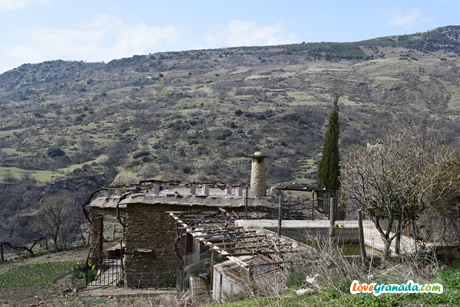 By the way, the Alpujarras (with an 's') are made up of the Alpujarra of Granada and the Alpujarra of Almería.
By the way, the Alpujarras (with an 's') are made up of the Alpujarra of Granada and the Alpujarra of Almería.
With the conquest of Granada by the Catolic Kings, the Muslims were then forced into Christian baptism or to emigrate.
Those who chose the former option became known as Moriscos.
Rebellions and disputes
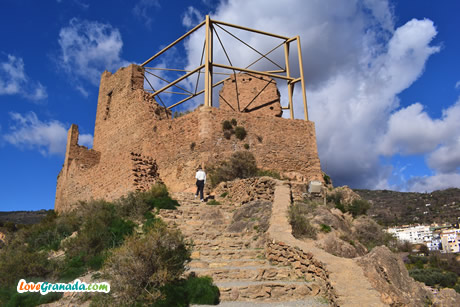 The measure provoked many reactions against the kings, and the most violent was the protest in the Alpujarras in 1500.
This was followed by the suppression of their language and customs.
The measure provoked many reactions against the kings, and the most violent was the protest in the Alpujarras in 1500.
This was followed by the suppression of their language and customs.
In 1567, King Philip II issued an edict that enforced Christianity on the children of the Moors, leading to an uprising a year later in the Alpujarras.
The nobleman Fernando de Cordova emerged as the leader of the Moors, adopting the name Aben Humeya and being crowned king of the Alpujarras.
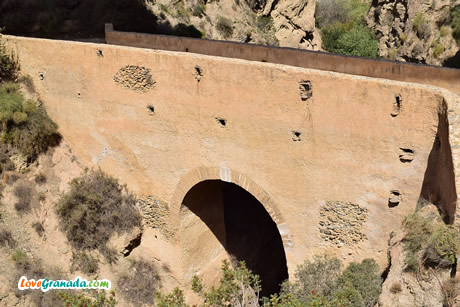 In the early days of the rebellion, successive military expeditions sent by Philip II ended in failure.
In the early days of the rebellion, successive military expeditions sent by Philip II ended in failure.
The rebels were assisted by the Ottoman Empire, prompting the Spanish king to send John of Austria to the area.
But disputes arose within the Moorish ranks, and Humeya was accused of treason. He was subsequently hanged in 1569 by supporters of a new self-proclaimed King of the Moors, Aben Aboo.
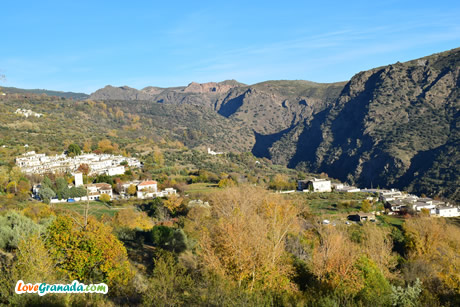 However, Aben Aboo was also executed amid internal dissension. In the spring of 1571, the uprising was finally put down by John.
However, Aben Aboo was also executed amid internal dissension. In the spring of 1571, the uprising was finally put down by John.
Expulsion of the Moors
After that, the Moors were finally expelled from Granada and distributed to communities in Castile, where they were forced to work in harsh conditions.Thus began a period of decline for The Alpujarras, despite the repopulation of the area with people from the north of Spain.
More on History of Granada
You can find more information about history of Granada and the region: History of the Alhambra, History of Granada y History of Soportújar.Page Updated: Aug 06, 2025
Was this useful? Been to these sights? Share your thoughts!
© Copyright •
LoveGranada.com • Any use of the content, including copying of it in whole or in part is prohibited.
You Might Also Be Interested In
Opinions about History of the Alpujarra
The inhabitants of the Alpujarra
The first settlers of La Alpujarra were the African tribes. And before the Arabs in the Alpujarra lived the Celts, and then the Romans, and when Rome lost its power, by Visigoths. But, what we see now, shape and structure of the streets comes from the Muslims. As the Alpujarra is isolated place surrounded by mountains, this vilages are very well preserved and remind us a Moorish past.

